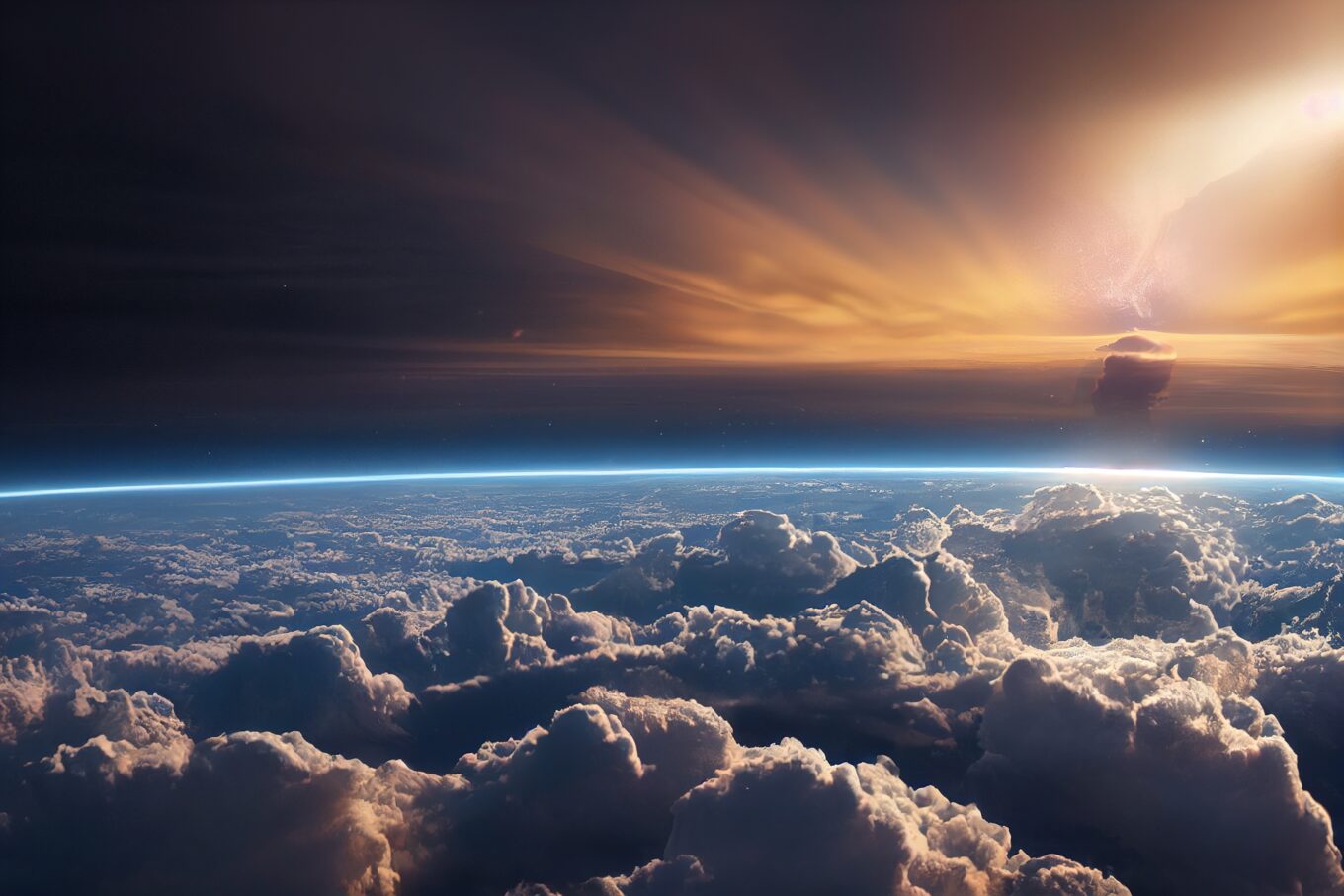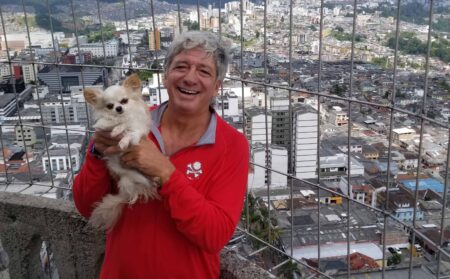Generation X and older Millennial adults can remember being taught in school how there was a gaping hole in the ozone layer. Teachers would break out a paper map, show where the gap would be over Antarctica, and discuss the dangers of going outside without sunscreen.
The hole in the ozone layer appears above the South Pole each spring in the Southern Hemisphere. This atmospheric component shields us from the sun’s UV rays. It formed when we used gases like CFCs (chlorofluorocarbons) in refrigerants and spray cans. [1]
Although some UV rays slip through to the surface, the net effect of their presence is to cool the stratosphere more than warm the troposphere.
“It’s great to see progress,” said Stephen Montzka. He is a senior scientist working with the NOAA Global Monitoring Laboratory. “At the same time, it’s humbling to realize that science is still a long way from being able to claim the issue of ozone depletion is behind us.” [2]
The Ozone Layer Has Been Stable Since the 1990s
Many governments recognized the danger CFCs posed to the planet’s ozone layer. International agreements were created in the 1980s and acted upon to reduce the use and production of these gases after the gaping hole was discovered in 1986.
“During the 1980s, the world came together to form an international agreement to reduce, and eventually eliminate, emissions of CFCs,” writes Hannah Ritchie in a study published by Our World in Data. “These agreements were very effective, with global emissions falling by more than 99%.” [3]
The agreement would be called the Montreal Protocol. A total of 46 countries promised to phase out the harmful chemicals. It would eventually become the first United Nations treaty to achieve universal ratification, and almost 99% of CFCs have been phased out. [4]
Recognizing a need to continue with the convenience of the products CFCs offered, a new option became available called HFCs (hydrofluorocarbons).
The ozone layer has been relatively stable since the 1990s, but HFCs are not 100% safe. They still cause some harm, which causes the hole to form more slowly.
It’s not just human-made products that affect the health of the ozone layer. Other industrial activities, depletion pollutants, and spatial factors all play roles in the health of our atmosphere.
Even with these challenges, the satellite data from NASA assets shows that the ozone layer is recovering and could eventually return to pre-industrial levels in the coming decades if we remain proactive.
How to Continue Helping Our Planet Recover
“Sometimes we are given the impression that we’re terminal patients because of problems of global warmth or the ozone layer,” wrote Jaime Lerner, former Governor of Parana. “The people don’t understand that they could change this situation better if they could act locally.” [5]
Although HFCs (or HCFCs) are less dangerous than CFCs, they still contribute to ozone destruction activities in the atmosphere. The best thing anyone can do is avoid products containing them, even if they’re only partly halogenated.
Most CFC or HCFC use today is industrial or commercial, but everyone can take these steps to make a small and positive difference. [6]
- Purchase refrigeration and air conditioning equipment that doesn’t use HFCs as its refrigerant.
- Buy aerosol products that use something other than CFCs or HFCs as propellants.
- Inspect your refrigerator and air conditioner regularly to ensure the equipment performs as expected and isn’t leaking chemicals or refrigerant.
- Use automotive products that are correctly recovered and recycled instead of getting vented into the atmosphere.
Some homeowners with legacy appliances could have air conditioners or refrigerators that operate on CFCs or HFCs. When it is time to perform regularly scheduled maintenance on this equipment, it helps to work with a licensed provider that can recycle or recover the chemicals to prevent leakage.
It also helps to replace or retrofit the equipment to operate on non-HFC or non-CFC refrigerants whenever possible.
Non-Profits Are Working to Help Our Atmosphere
For those wanting to take an extra step to help our planet continue to heal, several charities are working hard in different ways to protect our atmosphere in different ways.
1. Cool Earth
Founded in 2007, this organization aims to halt and prevent future deforestation. They’re working to give control of the rainforests back to the tribal cultures and people living in them. The charity holds a Platinum Seal of Transparency from GuideStar.
2. Clean Air Task Force
This organization was founded in 1996. Armond Cohen wanted to enact federal policies in the United States that would force older coal plants to reduce their atmospheric emissions. It has become a global non-profit striving to minimize harmful emissions' adverse impacts.
3. Union of Concerned Scientists
A group of students and scientists at the Massachusetts Institute of Technology founded this organization in 1969. It was done in response to the Cuyahoga River pollution during the Vietnam War. They support scientific innovation and research to help the planet become healthier and safer.
When we work together to create positive changes, humanity can do anything. Sometimes, we must be the change we want to see in our communities. If we all can do a little, then no goal seems impossible – including having our planet heal enough to close the ozone layer hole.
References:
[1] https://climate.nasa.gov/news/2919/earths-atmosphere-a-multi-layered-cake/ ; [2] https://research.noaa.gov/article/ArtMID/587/ArticleID/2900/Path-to-recovery-of-ozone-layer-passes-a-significant-milestone ; [3] https://ourworldindata.org/ozone-layer ; [4] https://www.unep.org/ozonaction/who-we-are/about-montreal-protocol ; [5] https://www.brainyquote.com/quotes/jaime_lerner_560341?src=t_ozone ; [6]https://www.epd.gov.hk/epd/english/environmentinhk/air/ozone_layer_protection/wn6_info_olp_ue_c.html#:~:text=Buy%20air%2Dconditioning%20and%20refrigeration,prevent%20and%20minimize%20refrigerant%20leakage.












